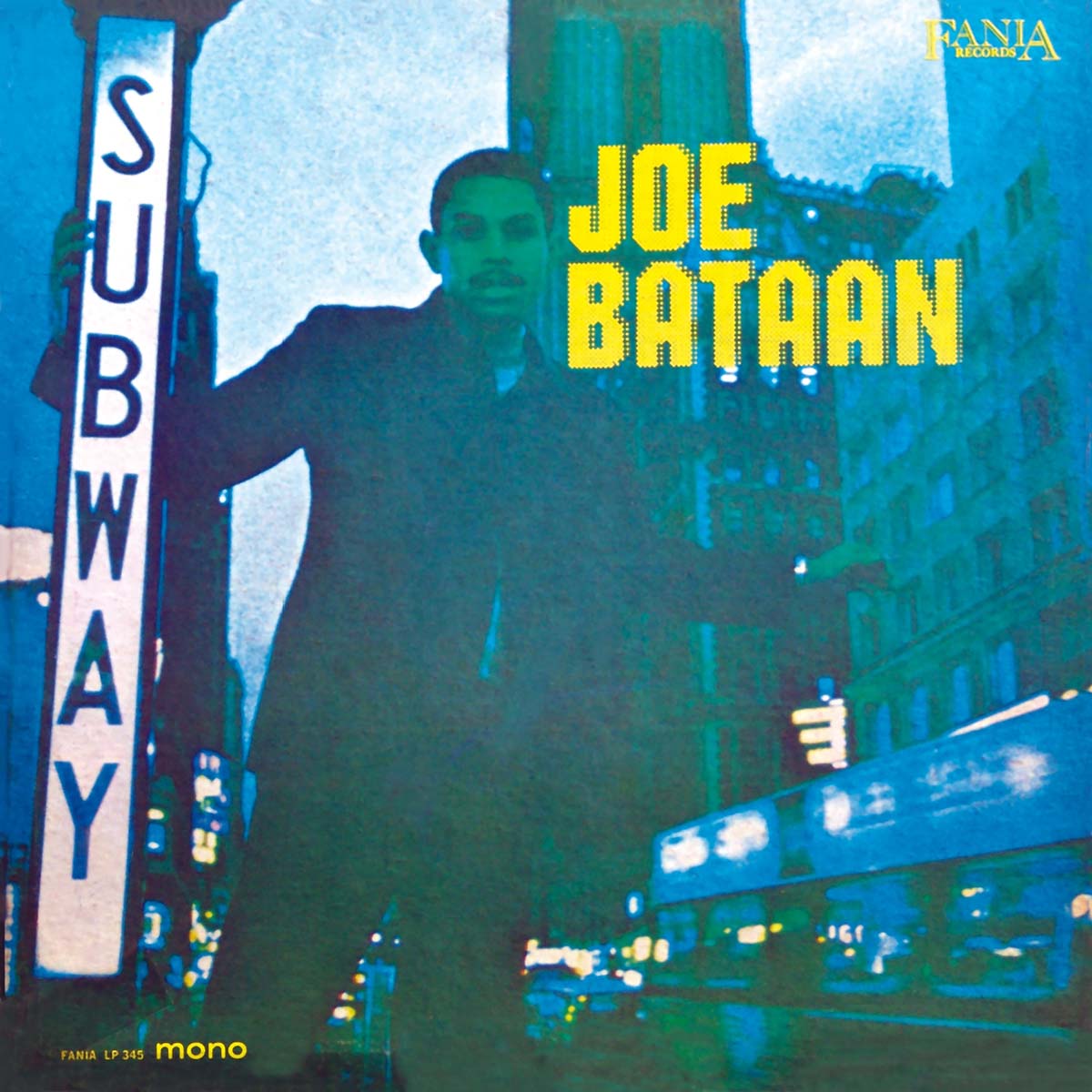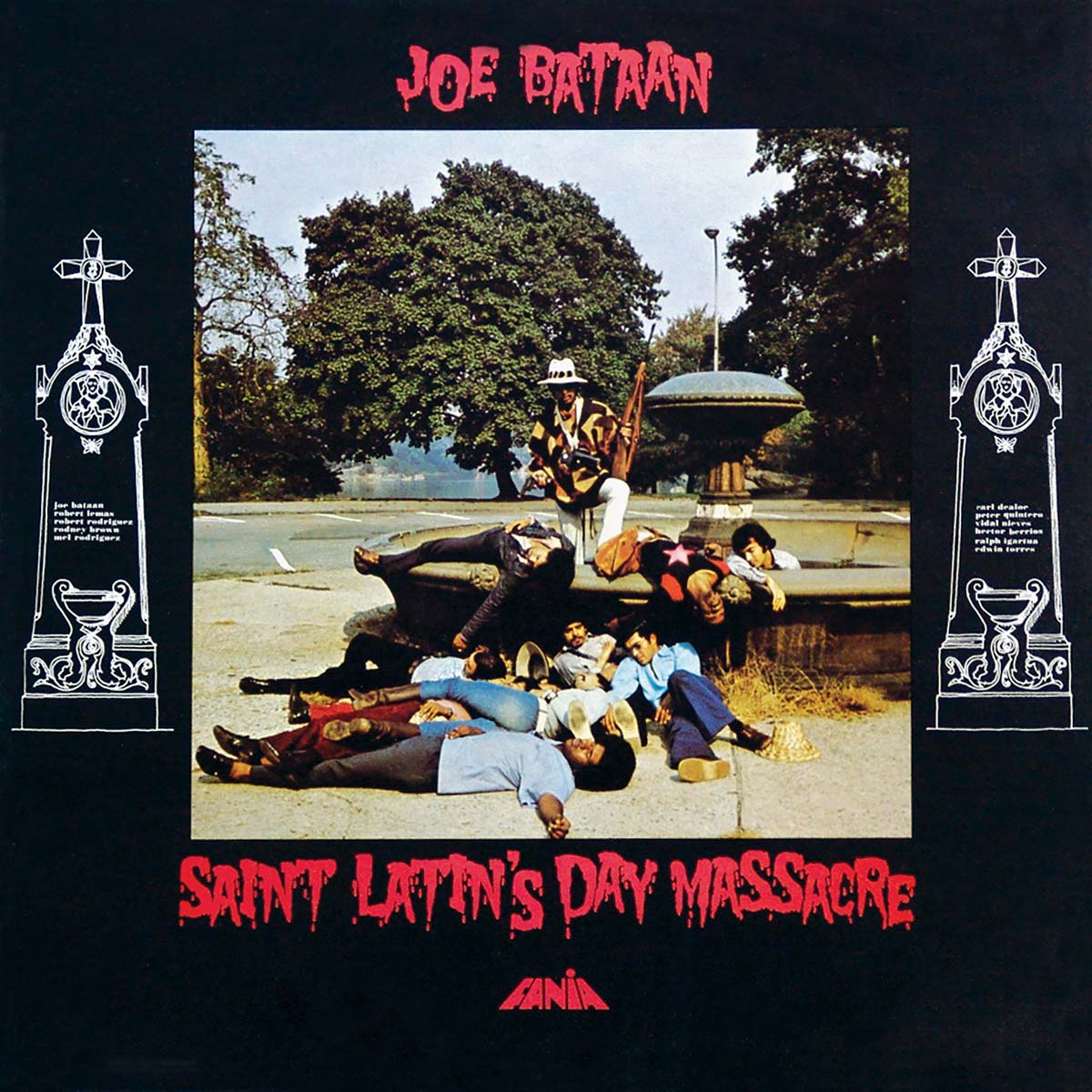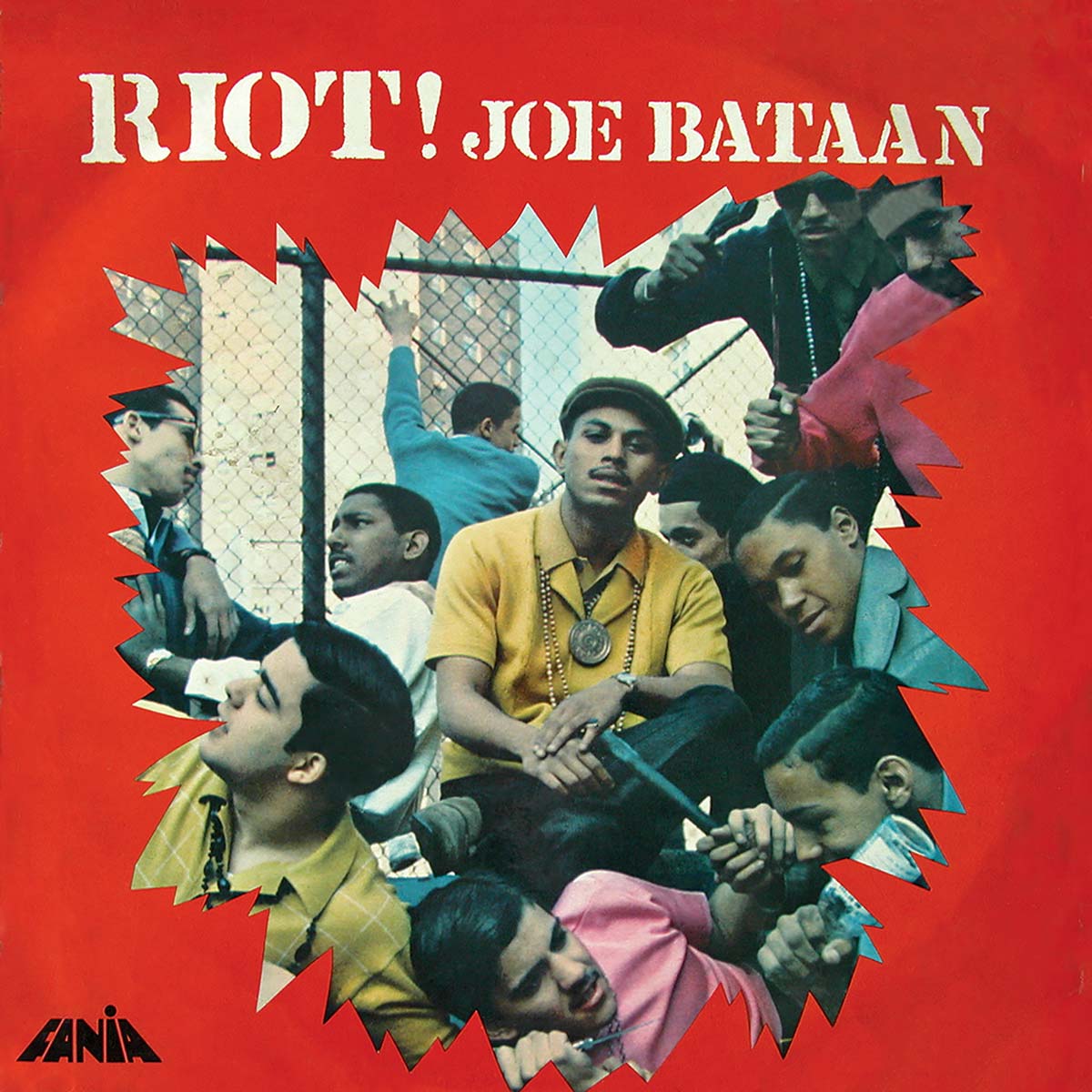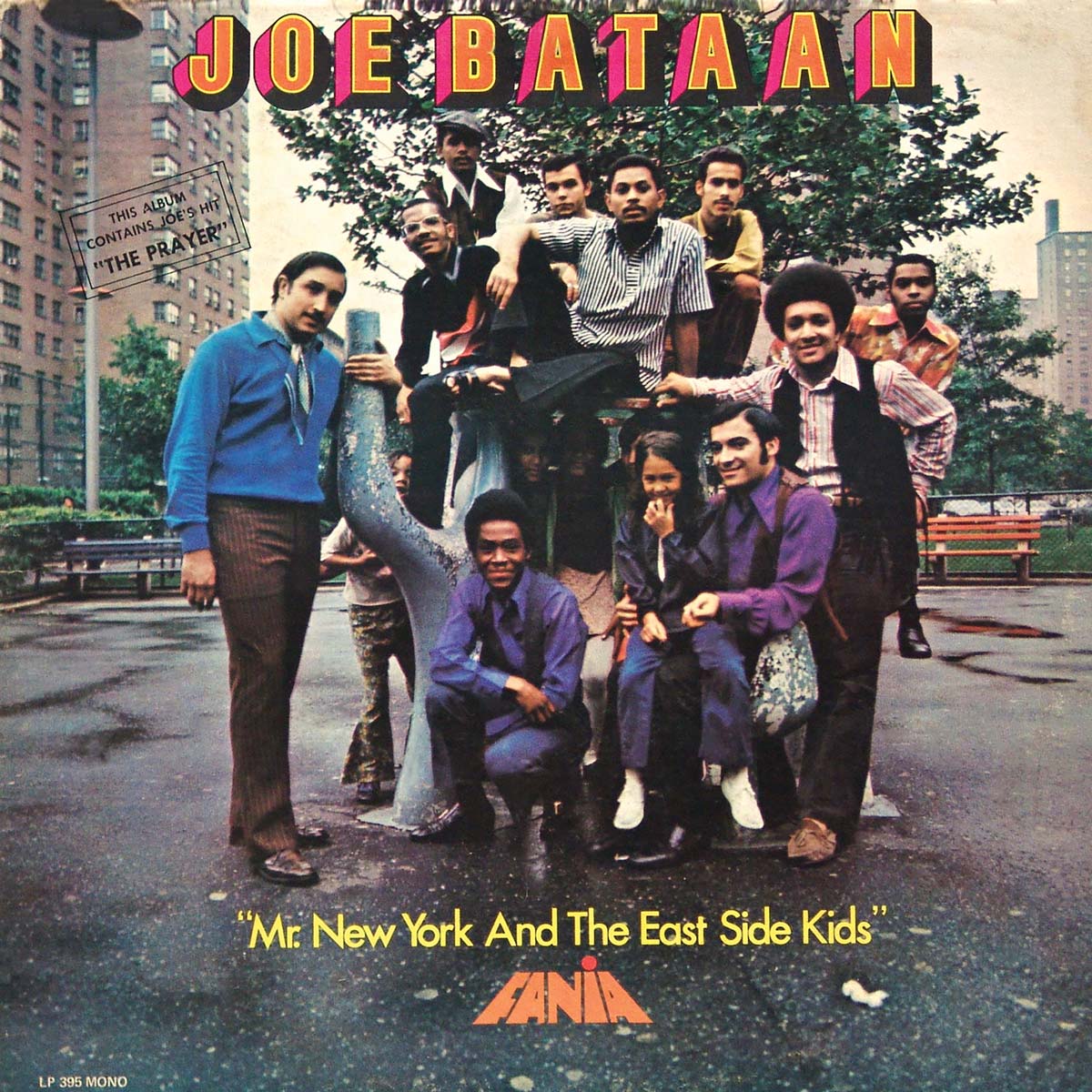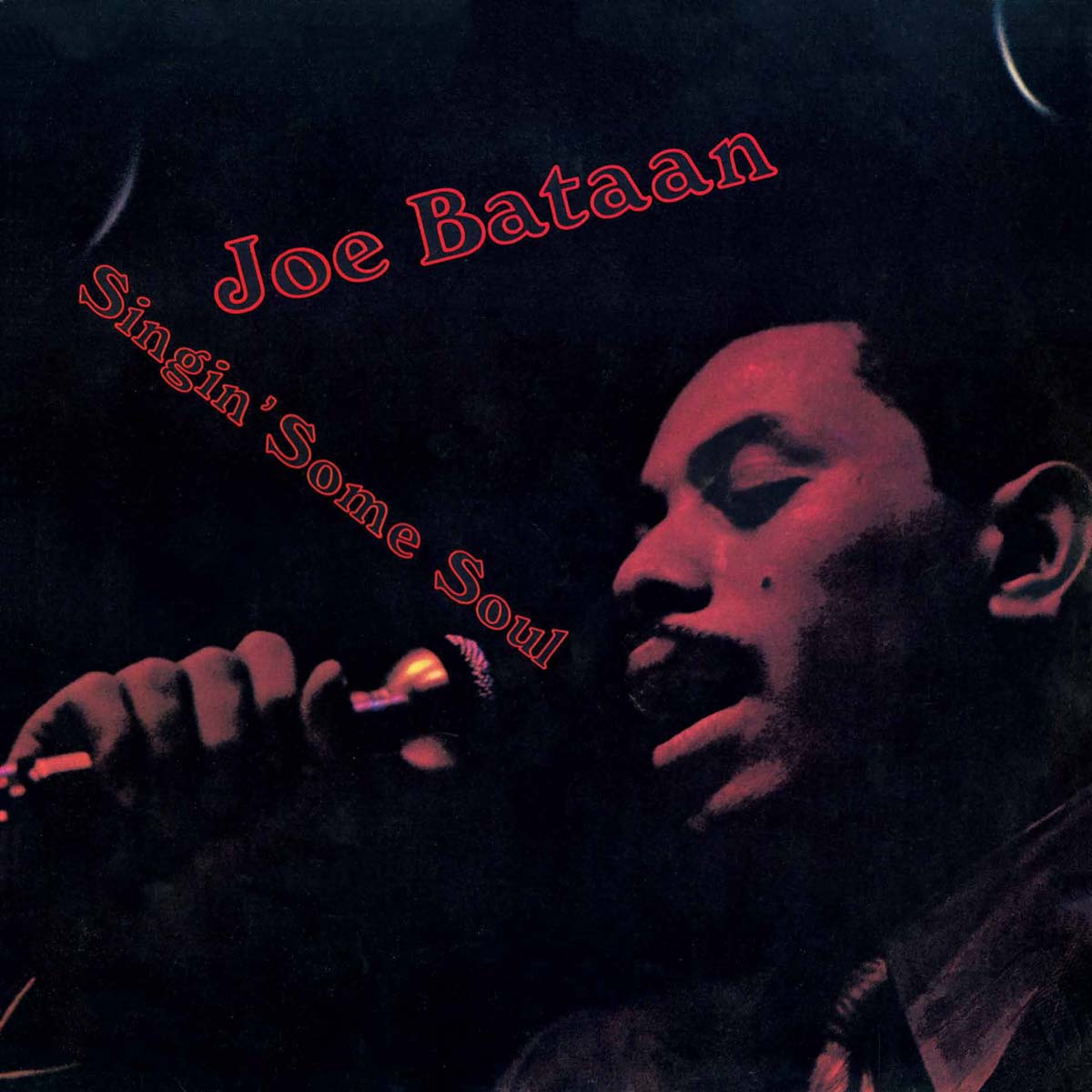
By the late 1960s, Fania had aspirations to break out beyond el barrio. If tico and alegre could be conquered by the Fania juggernaut, why not take aim at atlantic and Motown too? With Singin’ Some Soul, Fania gambled that by pairing Joe bataan’s talents with Jerry Masucci’s ambitions, they could forge a genuine r&b hit record for a label mostly associated with afro-Latin music. that gambit ultimately fell short, resulting in one of bataan’s least successful albums for Fania.
It would also be one of his greatest. The goal of Singin’ Some Soul, in Joe’s words, was “to capture the Motown sound, and it was [Mascucci’s] idea.” Fania’s cofounder had taken a trip out to california and returned to new york with a handful of singles that he wanted Joe to cover. the idea was to mix a few cover tunes with some bataan originals and then throw a small fortune at hiring top-rate new york arrangers and producers to record an album that would feature no Latin songs at all. Joe said Masucci approached him and proposed, “Look, I don’t want to use your band, but I want to do something different. I think you can do it.”
For arrangers, Fania hired nina simone collaborator harold Wheeler and Latin jazz veteran Marty sheller, as well as pulling together a studio band that included such seasoned sessioners as guitarist cornell Dupree and drummer bernard Purdie. at their first meeting, Joe recalls Purdie coming up to him and asking, “you want a hit, kid? Let me teach you something about drums.” Purdie then gave him an impromptu lesson on r&b backbeats. “My voice was in top shape—I did everything that an artist or singer could do not to mess up on a recording,” says Joe, and yet, incredibly, “I overslept and missed the whole doggone recording! [Mascucci] had to send people out to look for me, and I was in the bed, sleeping.” had bataan been leading the session, he wouldn’t have allowed the band to record without him, but with valuable time ticking away, Mascucci had the session players lay down all the music so that when Joe finally arrived, he just had to record his vocals.
Whatever disappointment he might have felt at missing his own recording session faded as soon as the backing tracks began playing. “When I heard those strings coming out of the ceiling…I can’t explain what that meant to a young man that had gone through all [I had]. I thought I finally arrived,” says Joe. “this is something you dreamt about—it had strings and all these horns, just the cream of the crop that was playing.” You hear all this come together on “My cloud,” the album’s opener. on 1968’s Riot!, the song had been an up-tempo cha-cha, but here, Joe transformed it into a slow ballad, backed with an arrangement that was much closer to the emerging Philadelphia soul sound than anything typically heard in east harlem. Joe’s vocals—slow, measured, and impassioned—channeled the doo- wop traditions of his youth. not surprisingly, “My cloud” became a big hit in the lowrider circuit. “I find a lot of my songs…once I attempt to sing them slow, it takes on a different meaning,” says Joe. The next song, “I’m no stranger,” also reflected this album’s different directions. an obscure b-side of a 1967 okeh single by the L.a. band the seven souls, “I’m no stranger” was one of the records Mascucci brought back from california. “We thought Jerry didn’t know what the heck he was talking about, especially a guy like me who grew up on r&b,” jokes Joe. “but [‘I’m no stranger’] was one of the songs he wanted me to do, and I agreed. that was the start of a big, radical change in Joe bataan, doing different avenues in music.” Half the album was covers, with bataan taking on tommy James and the shondells’ “crystal blue Persuasion,” the exits’ “under the street Lamp,” the Intruders’ “cowboys to Girls,” the o’Jays’ “I’ll be sweeter today,” and smokey robinson and the Miracles’ “More Love.”
While “More Love” was Joe’s personal favorite—“smokey’s one of the greatest composers of all time, and I was very influenced by him”—Masucci chose “crystal blue Persuasion” to release as a single. according to Joe, prior to his version, the song had only been a slept-on LP track on James’s Crimson and Clover LP. however, once Joe’s version gained traction, roulette’s Morris Levy immediately ordered James’s original released as a single. It eventually hit number two on the pop charts, all but erasing the memory of Joe’s recording. “everyone’s always said that my rendition was better,” Joe says. “I don’t want to argue about that, but we had more going on with it.” Despite the wealth of covers, the most enduring songs off the album are bataan’s own compositions, including “young, Gifted and brown,” a song inspired by (but not a cover of) nina simone’s “to be young, Gifted and black,” cowritten by Weldon Irvine. Despite what one would think were the obvious political connotations of the song, bataan claims his original intent was personal, not social: “I thought about taking [simone’s] phrase and replacing ‘black’ with ‘brown’ and did not know what I was hitting upon,” he explains. “I was talking about myself, not associating with any nationalism—it’s just that I thought I was brown! that song opened up a lot of doors for us—we had no idea we were going to touch Filipinos [and] La raza also.” In contrast though, “unwed Mother,” which finds bataan crooning about the trials and tribulations of a struggling single mother, was clearly a piece of social commentary. he explains, “I thought that this would really connect with a lot of ladies out there that had children. and [it deals with] things that people don’t speak of, not normally, on a record. I did want to do this to shock and to show that I could take my style of singing into different areas with messages.” Singin’ Some Soul was easily Fania’s best soul album; the problem was that Fania was not a soul label. “Latin music, they knew, but r&b, they didn’t,” says Joe, and Masucci struggled to convince r&b stations and retail stores to support it. Fania ended up with an album alienated from their Latin base as well as a disinterested r&b crowd. Its poor sales translated to low circulation numbers (ironically spiking up the value of original copies of the album among collectors), and it is one of the only bataan albums never to have been reissued on vinyl, an oversight finally being corrected now.
Looking back, despite the album’s commercial struggles, Joe still marvels at the opportunity he was given: “the sound was unbelievable. It was like a dream fairyland. everything was done. all I had to do was sing.” As a bonus, we’ve included the two sides of Joe bataan’s rarest release on Fania, “Latin soul square Dance” b/w “call Me.” this 1972 7-inch was originally meant to be the first single off of Joe’s Live From San Frantasia album (the cover of which was eventually salvaged and used for his Mericana records LP, Salsoul), but Joe and Fania’s falling out killed the project. the original tapes to the album are lost, but a few copies of the single were released before the entire project fell apart.
Originally released in 1972 Liner notes by Oliver Wang


